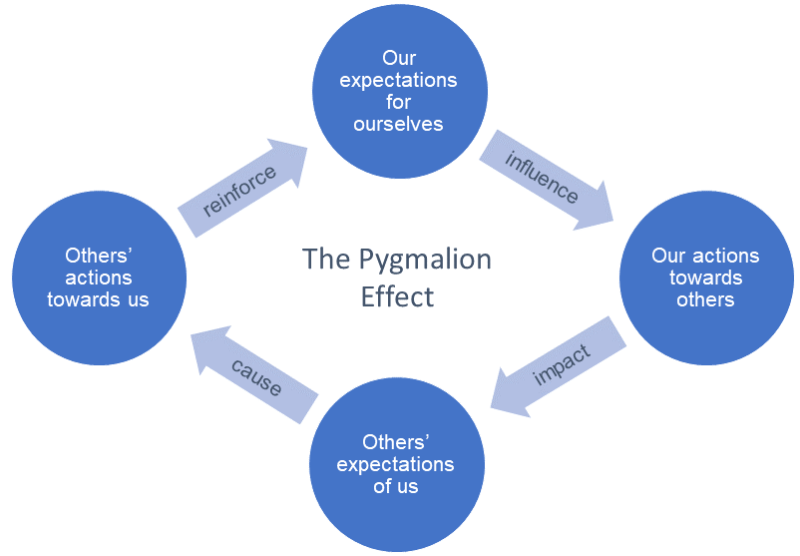
A recent article in Nature (The Key to a Happy Lab Life is in the Manual) has us thinking about how setting expectations can contribute to an ideal laboratory environment to conduct “good” science.
Indeed, Gallup research over the last 20 years had consistently demonstrated that clear expectations are key to employee productivity and engagement (Gallup, 2017 State of the American Workplace). The observation that high expectations can lead to improved outcomes is frequently call the “Pygmalion effect” after the Greek mythology protagonist of the same name. Pygmalion fell in love with an ivory statue of an idealized woman that he carved, and Aphrodite brought the statue to life after she saw how perfect his love was.
How can we bring laboratory expectations to life like Pygmalion’s ivory statue? There are several ways that expectations can be set to support productivity and engagement in a research (or any) setting:
- Develop Expectations Collaboratively. There may be some expectations (i.e., work hours) that may be best left to the PI/manager, but discussing expectations collaboratively can help to increase ownership with both parties (supervisor and supervisee).
- Clear Expectations with Consistent Feedback. Both parties should have a clear understanding of the expectations. Don’t assume that a trainee/staff member understands expectations without clear, consistent communication and feedback. Check-in periodically to provide feedback and refine expectations as needed.
- Follow Pygmalion and Aim High. Research has shown that setting expectations high can improve productivity (Rosenthal and Jacobson, Pygmalion in the Classroom).
- Tailor Expectations to the Individual. Ensure that expectations are tailored to an individual’s strengths, background, and personal goals. A senior scientists should be given different expectations than a laboratory technician. What may feel like micromanagement to one person, will feel like appropriate guidance to another team member.
- Tie Expectations to the Bigger Picture. Members of the team are contributing to a larger goal. Ensure they are clear about how their work fits into a laboratory/team mission, vision, and values.
Areas for setting expectations include laboratory safety practices, assay procedures, data management practices, authorship, collaboration and research integrity. Expectation management is not just the responsibility of the PI or lab manager, but rather laboratory members can contribute by ensuring they understand expectations and strive their best to fulfill them. Like, Dr. Mariam Aly in “The Key to a Happy Lab Life is in the Manual”, developing a lab manual or onboarding package may be a key component to setting expectations. Here are a few examples of lab manuals/onboarding packages:
Dr. Aly’s lab manual: https://github.com/alylab/labmanual
Dr. Ritchey’s lab manual: https://github.com/memobc/memolab-manual
Dr. Peelle’s lab manual: http://jpeelle.net/peellelab_manual.pdf
DHVI Program Manager’s Onboarding Package
Interested in developing a laboratory manual? We are here to ASIST (medschool.duke.edu/ASIST).